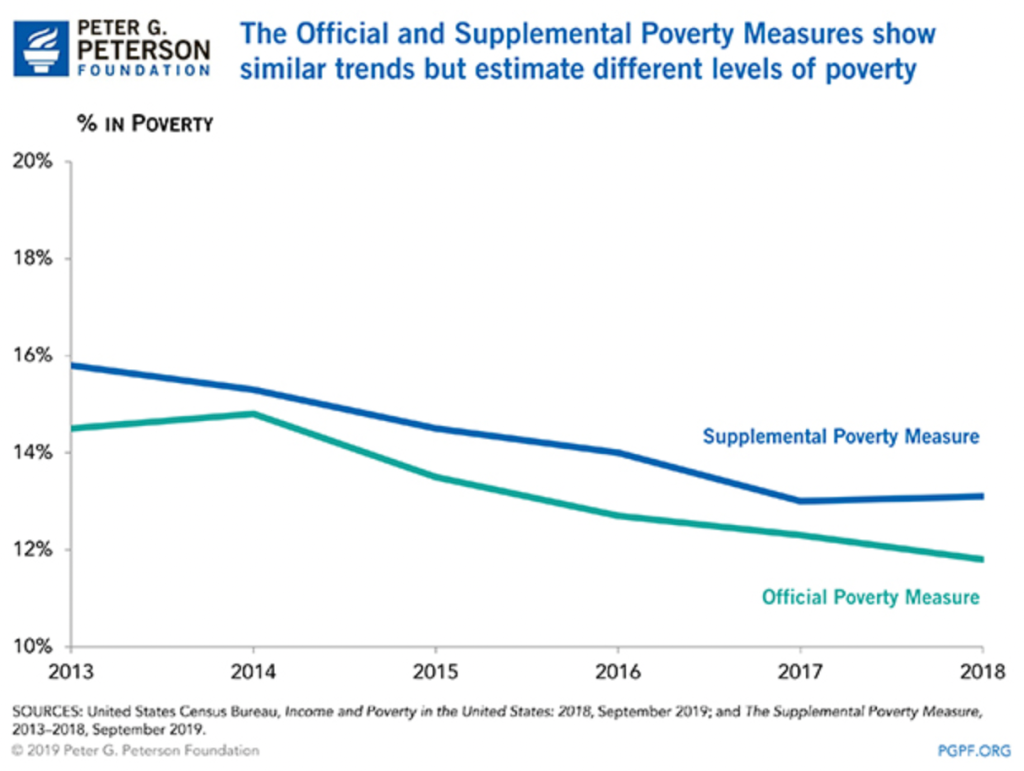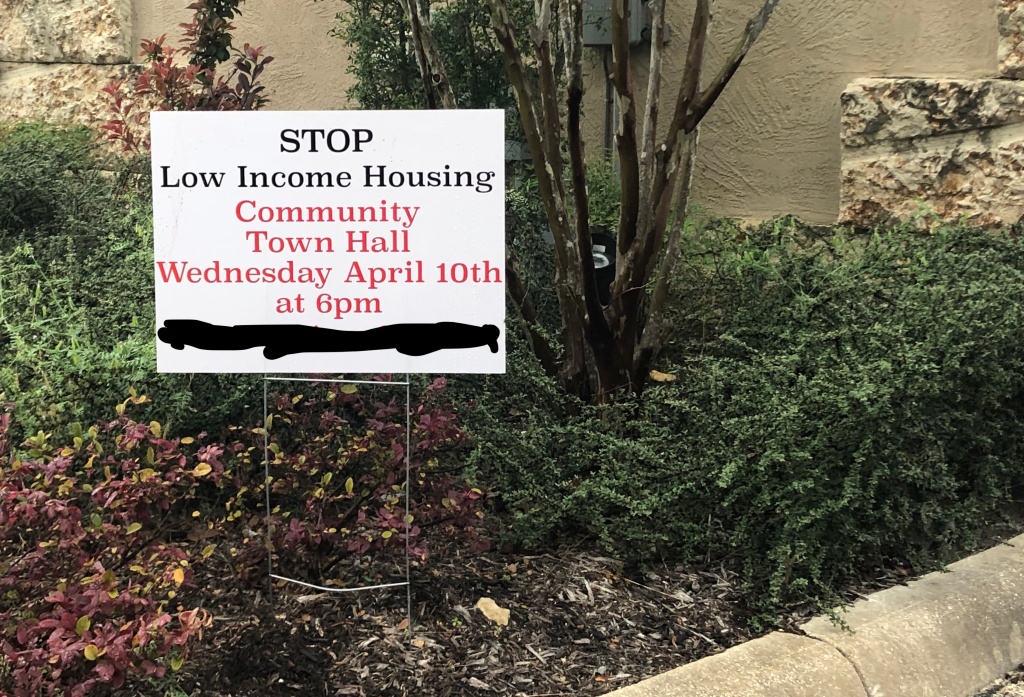There is a powerful exchange between Tom Cruise and Jack Nicholson at the end of a A Few Good Men that moves me to tears every single time.
It’s not the one you’re thinking of. You’re thinking of the one where Cruise shakes his fist downward and demands, “I WANT THE TRUTH” and Nicholson jeers “YOU CAN’T HANDLE THE TRUTH!” Yeah, that’s pretty good. Iconic, even, and sometimes it makes my eyes swell, too. We have that scene to thank (and/or blame) for everything Aaron Sorkin has given us since.
But I’m thinking of the exchange that happens a few moments later. Nicholson’s character, Colonel Nathan Jessup, admits he ordered the Code Red, and he is promptly arrested. He then lunges at Cruise’s Daniel Kaffee with a deliciously vulgar threat involving removing Kaffee’s head and defecating down his throat. Jessup is restrained by the court officers. He collects himself, stands up straight, and glares at Kaffee one last time.
“All you did was weaken a country, Kaffee,” Jessup says. “You put people’s lives in danger. Sweet dreams, son.”
And then Kaffee says this: “Don’t call me son. I’m a lawyer and a naval officer. And you’re under arrest, you son of a bitch.”
And then I wipe away my tears.
If you need a refresher, you can watch the whole thing here.
That “Don’t call me son” line, is, for me, the true emotional climax of A Few Good Men.
Remember that Tom Cruise’s Kaffee is the son of a late, legendary trial lawyer. We learn early in the film that he is living in his father’s shadow. When the movie opens, Kaffee is cocky but cowardly, committed to a life of mediocre lawyering because he knows he’ll never live up to his father’s legacy or expectations.
Lt. Jessup, then, is not just his antagonist—he is Daniel Kaffee’s father figure. Watch A Few Good Men again with this father-son dynamic in mind, and you’ll see it peeking through scene by scene.
The great Roger Ebert disliked A Few Good Men because, as he wrote, it’s “one of those movies that tells you what it’s going to do, does it, and then tells you what it did.” That is true to a point—we learn that the only way for Kaffee to win the case is to put Jessup on the stand, which means putting his entire career on the line because apparently if Jessup won’t admit it, Kaffee will be disbarred…or something. (In retrospect, the stakes in this movie don’t really add up.) So Kaffee decides he’s going to put Jessup on the stand and try to get him to confess.
But here is the real motivating factor: Kaffee only decides to put Jessup on the stand because his best friend Sam helps him see that such a risky decision is the only way he’ll ever become his own man. Trying Jessup in public is not just about pursing justice—it’s about stepping out of his father’s shadow.
Here’s the script:
DANIEL
Would you put Jessup on the stand?
SAM
No.
DANIEL
Do you think my father would?
SAM
With the evidence we have? Never. But here’s the thing: Neither Lionel Kaffee nor Sam Weinberg are lead counsel here. So there’s really only one question: What would you do?
Sam is asking: Are you just your father’s son? Or are you your own person?
Kaffee’s choice to put Jessup on the stand is only possible because he finally achieves separation from his father. And when he does this, no authority figure can have power over him. He does not need a replacement father. He only needs to rightly see the father he had. At long last, Kaffee is his own man.
You want the truth? You can’t handle the truth—that you are not your father. You are only yourself.
Ok. So. My analysis here is pretty cheesy. I am not exactly proud of what I’ve written here. But I’ve written it anyway because cheesy things can be true.
People have to break free from their parents. Sons and daughters have to leave their father’s and mother’s shadow. But it’s tricky, because on the way out, sometimes they just look for other shadows, often more shadowy shadows. And then they have to escape those shadows, too.
They have to ask not: What would my father do? They have to ask: What would I do? Only then can they see their way clear to make the demand they must make: I want the truth.
Don’t call me son. I’m a writer and a husband and a father of three. And you’re under arrest, you son of a bitch.

